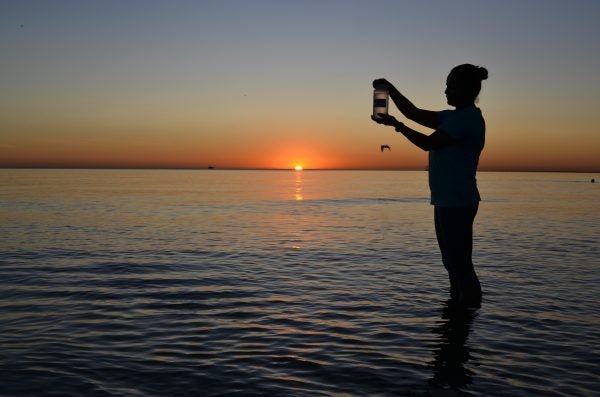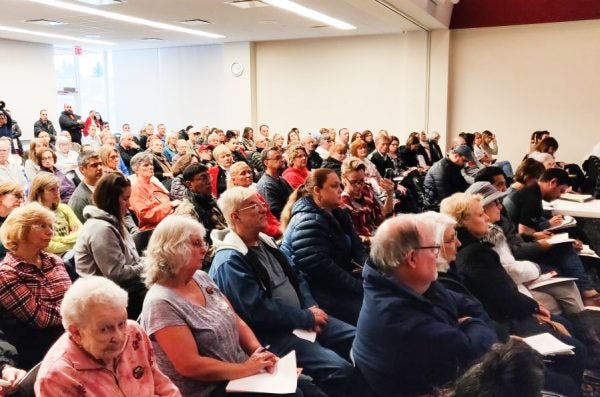Learn more about our 2024 conference here!
What we do Heading link
Training healthcare professionals

We work with medical and nursing schools to add environmental health to curricula, train health professionals in practice and translate environmental health research into public health prevention.
Expert consultation

We raise awareness about environmental conditions that may harm pregnant people, children and families. The Center provides guidance on ways to prevent and/or reduce harmful environmental exposures and evaluates suspected toxicant exposures.
Advocacy

We work with individuals, community groups, and activists to reduce environmental exposures in children, pregnant people and families by providing evidence-based expert guidance and recommendations on the health effects of exposure to pollution and chemicals.
Examples of our work: media voices, presentations and policy Heading link
In the news: children's exposure to lead
Center member Zeke McKinney, MD, MPH, wrote an article on children’s exposure to lead for the Minnesota Spokesman-Recorder.
Like most health conditions, lead exposure is also more common in lower-income areas and in non-White populations. In Minnesota, the Black and Native American populations have four times higher rates of poverty compared to the White population.
Policy: per- and polyfluoroalkyl substances
Center member Beth Neary, MD, MS, supported #PFAS Free Wisconsin in its campaign to test well water for per-fluorinated chemical
As a pediatrician, I am deeply concerned about PFAS. Children and infants are at far greater health risks: they drink more water in proportion to their weight, their brains and organs are developing rapidly and they have a longer life to accumulate this toxin.
Project Firstline Podcast
Center Member Nick Newman interviews Dr. Susan Buchanan in response to the COVID-19 pandemic, to answer questions submitted to the AAP regarding prevention and infection control:
The global COVID-19 pandemic has forced a lot of changes in our lives. As we adapt to this “new normal,” many people have been concerned about its impact on children. Through support of the Centers for Disease Control and Prevention, the Agency for Toxic Substances and Disease Registry, the Pediatric Environmental Health Specialty Units, and the Ohio Chapter of the American Academy of Pediatrics, we are presenting this Project Firstline podcast. This is part of the Ohio AAP’s response to the COVID-19 pandemic where we will get answers to your questions that you have submitted to the AAP regarding COVID-19 prevention and infection control. Experts in pediatric environmental exposures, infection control, and indoor air quality will provide evidence-based, practical advice to help us all get through the pandemic safely.”

Presentations: COVID-19 and disinfectants Heading link
Center director Susan Buchanan, MD, MPH ’03, presented at a remote town hall on COVID-19 prevention and safe use of disinfectants to Blacks in Green, a community-based organization focused on sustainability in the Woodlawn neighborhood of Chicago.